Toshiba Electronics added a new hard drive using Flux Control – Microwave-Assisted Magnetic Recording (FC-MAMR). We are mostly going to focus on the Toshiba N300 here, but this is the same technology that will be utilized in the company’s X300 18TB hard drive destined for 1-8 bay NAS systems.
Toshiba N300 18TB NAS Hard Drives Use FC-MAMR
With FC-MAMR the drives use a “Spin Torque Oscillator” (STO.) This STO is used to control and focus the magnetic flux generated in the drive’s write head. The focused flux allows more accurate writing operation leading to a smaller magnetic area per bit and higher data densities compared to the previous generation of CMR HDDs. As a result of moving to a smaller magnetic area per bit, Toshiba can fit an extra 2TB into the drives letting them go from 16TB to 18TB.
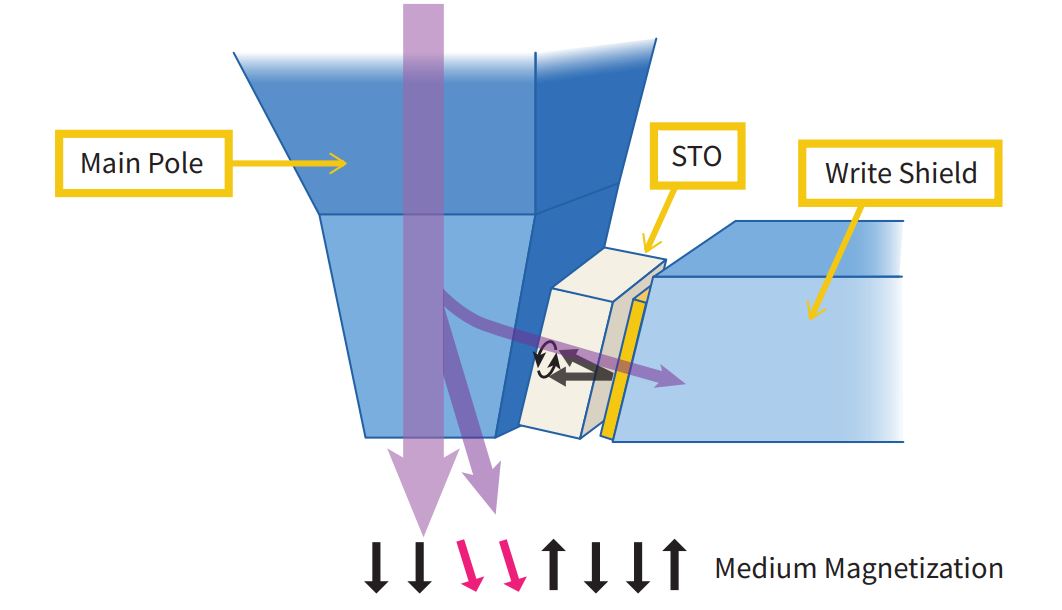
This FC-MAMR technology is similar to what we covered in the Toshiba 18TB MG09 9-disk Helium FC-MAMR hard drives we covered earlier this year. FC-MAMR is the current technology, but Toshiba is working towards Microwave Assisted Switching MAMR or MAS-MAMR for future generations.
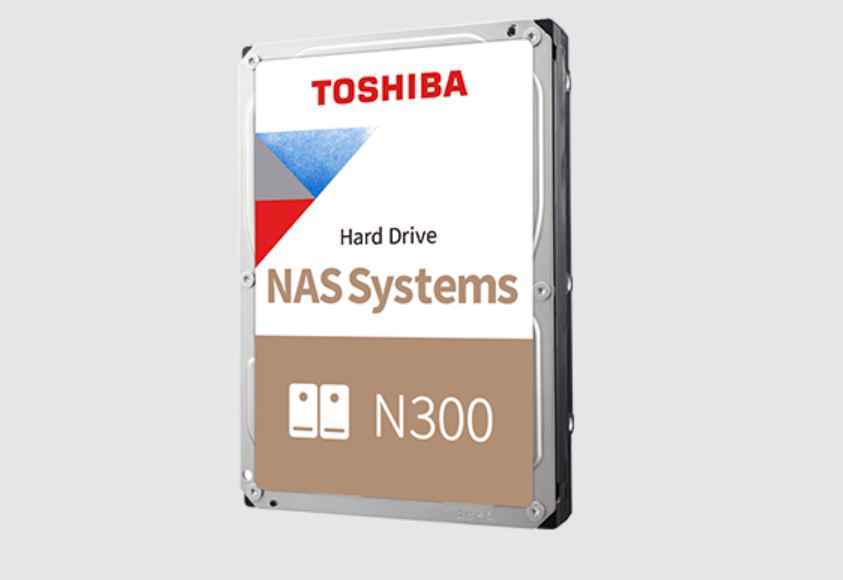
The Toshiba N300 specifically is a 7200rpm drive with a mean time to failure (MTTF) rate of 1.2M hours. Something that Toshiba seemed less keen on highlighting is that its larger drives in the N300 series also have a higher UBER of 1 in 10^14, although the spec sheet seems to list a ~0.9% unrecoverable bit error rate, we think that they just missed a character in the spec sheet. 1 in 1014 bits would make the drive unusable.
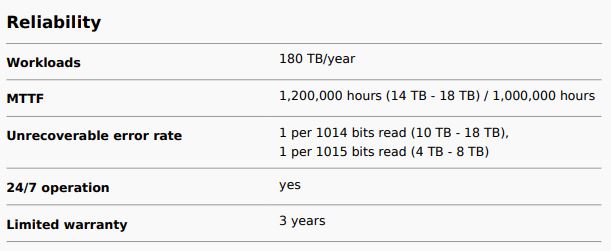
The 180TB/ year is also very interesting. Yesterday, we covered how a former Toshiba business, now Kioxia, launched its FL6 SSD with 60 DWPD XL-FLASH. Those drives have 60 drive writes per day. The 18TB HDD is rated, based on this, at 180TB per year or 10 DWPY. Or putting it into clearer perspective, the 3.2TB FL6 SSD has more write endurance in a day than the new NAS drive has in a year. This makes sense since the vast majority of use cases for NAS drives are for write once, read many applications. There data is written and stored to be accessed later rather than seeing constant writes.
Toshiba N300 18TB Key Specs
Here are the key specs we saw on the datasheet. Again, the “1 per 1014” and “1 per 1015” unrecoverable error rates seem like obvious typos in an industry where we would expect something like 1 in 10^14 or 1 in 10e15 being used.
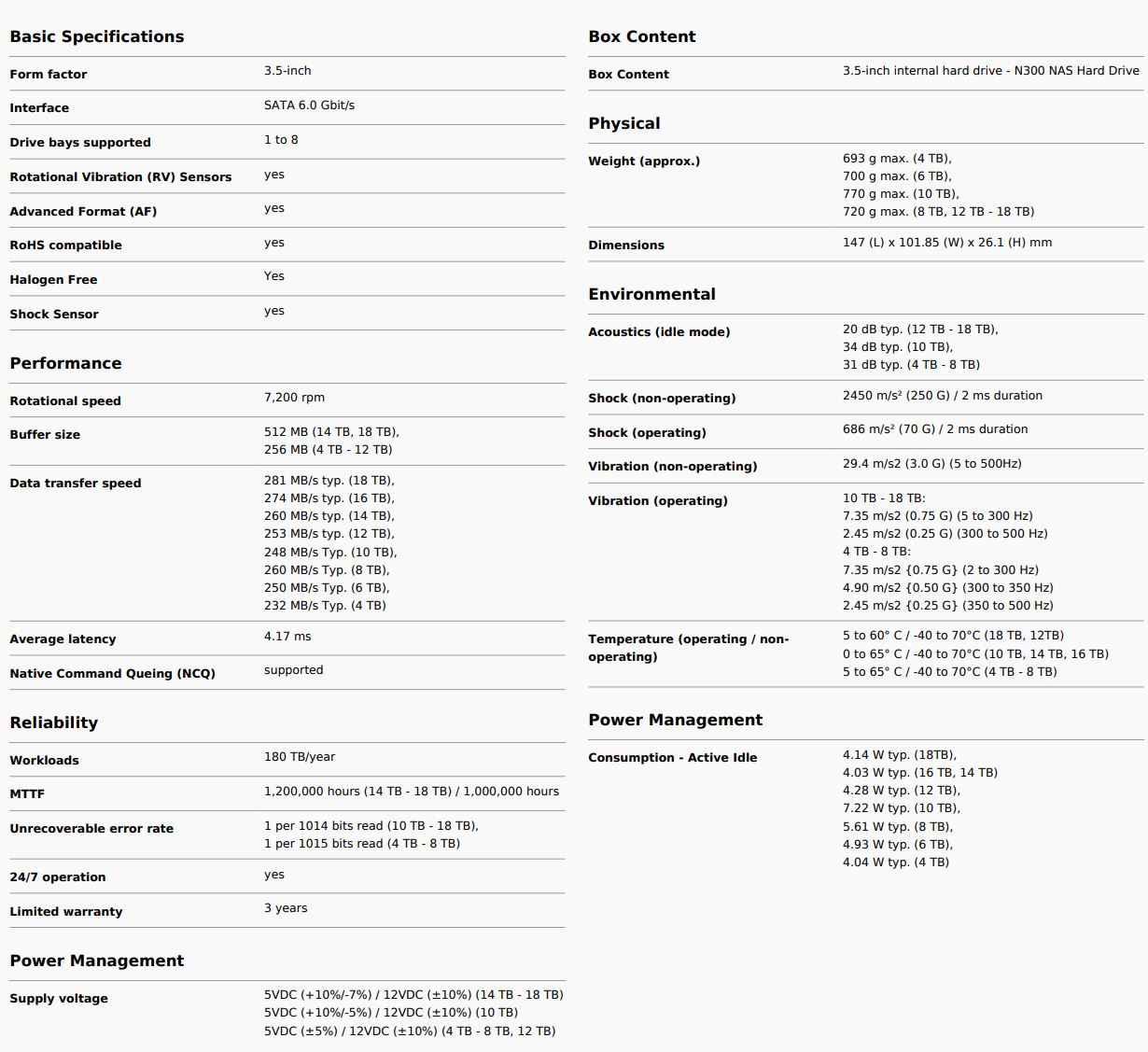
Again, we pulled this from the datasheet, but we are seeing the same information on the website. We are just assuming here that they are missing a character.
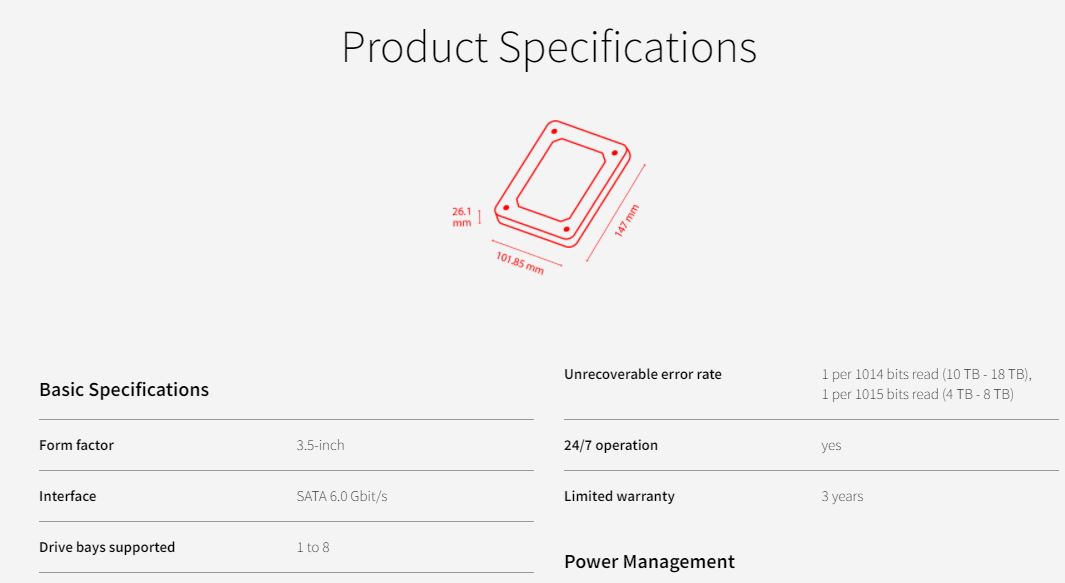
Still, assuming the drives are within normal industry standards for error rates, it seems like this may be an interesting option as it hits the market in Q4 2021.

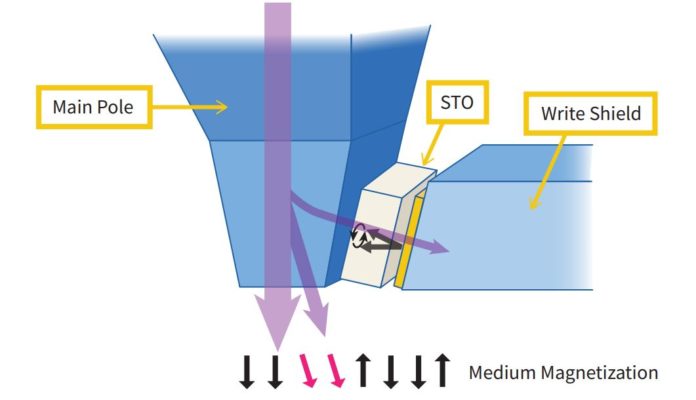



Per Seagate’s definition, HDD workload includes reads and writes. As such the article is not correct when stating the drive has 10 DWPY.
“This STO is used to control and focus the magnetic flux generated in the drive’s write head.”
Hmm. It would cause a problem if the magnetic flux were being output all the time. The charge needs to be stored in some sort of component that can output it on demand. I wonder what that would be called…